Shelf Structure
Vertise
11 years ago
Related Stories
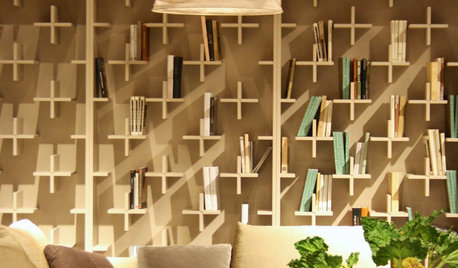
TASTEMAKERSImm Cologne Show Stunners: 9 Artful Shelf and Storage Designs
Organizing is a joy with these latest offerings in bookcases and storage systems from the imm Cologne show
Full Story
DECORATING GUIDES9 Tips for Making Your Shelf Display Look Great
Learn the tricks stylists use when arranging objects on a shelf
Full Story
MOST POPULARHow to Add a Backyard Shed for Storage or Living
Need a home office, a playspace or extra room for your stuff? Learn about off-the-shelf, prefab and custom sheds
Full Story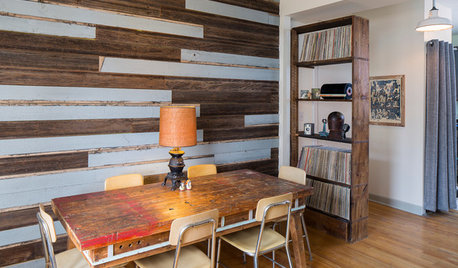
HOUZZ TVHouzz TV: Cool Reclaimed Wood Projects Fill a Craftsman’s Home
Using barn wood, beadboard and beams, this homeowner has crafted furnishings and features for his family’s Chicago home
Full Story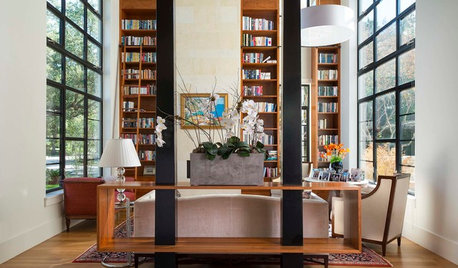
REMODELING GUIDESGreat Ways to Dress Up Those Necessary Columns
Many homes need a structural column or two, especially in today's open-plan spaces. Here's how to turn them into superstars
Full Story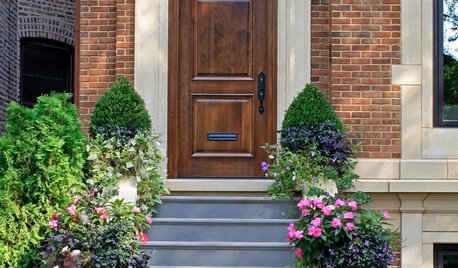
CURB APPEALKnow Your House: Anatomy of a Brick Veneer Wall
Brick's new role as skin versus structure offers plenty of style options for traditional exteriors
Full Story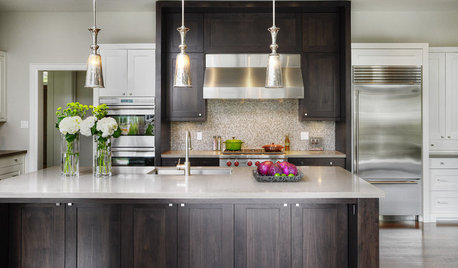
WORKING WITH PROSWhat to Know About Working With a Custom Cabinetmaker
Learn the benefits of going custom, along with possible projects, cabinetmakers’ pricing structures and more
Full Story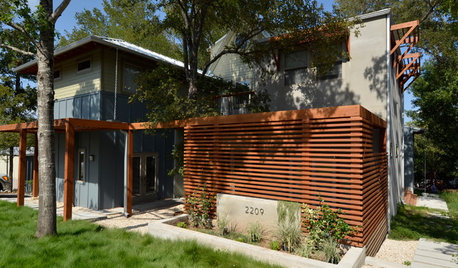
HOUZZ TOURSHouzz Tour: Visit a Forward Thinking Family Complex
Four planned structures on a double lot smartly make room for the whole family or future renters
Full Story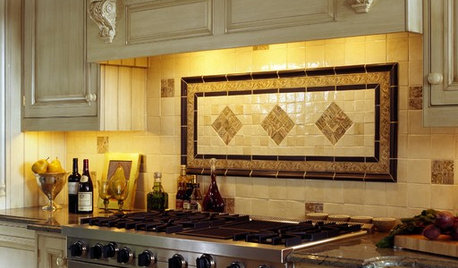
TRADITIONAL STYLETraditional Accents: Corbels for Flourish and Fun
These once-simple structural details now stand on their own as home décor
Full Story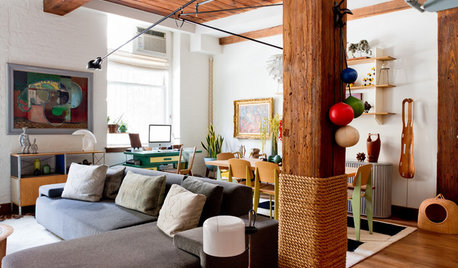
ARCHITECTURE21 Creative Ways With Load-Bearing Columns
Turn that structural necessity into a design asset by adding storage, creating zones and much more
Full StoryMore Discussions






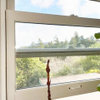




talley_sue_nyc
VertiseOriginal Author
Related Professionals
Wildomar Cabinets & Cabinetry · Short Hills Cabinets & Cabinetry · Champaign Carpenters · Parsippany Carpenters · Tonawanda Carpenters · Cartersville Flooring Contractors · Louisville Flooring Contractors · North Hollywood Flooring Contractors · Snellville Flooring Contractors · Englewood Flooring Contractors · Charleston Furniture & Accessories · Silver Spring Furniture & Accessories · Westport Furniture & Accessories · Springdale Handyman · Fish Hawk Handymanmary_ruth
brickeyee
VertiseOriginal Author
brickeyee
VertiseOriginal Author
lazy_gardens
VertiseOriginal Author
talley_sue_nyc
VertiseOriginal Author
brickeyee
VertiseOriginal Author
talley_sue_nyc
VertiseOriginal Author
brickeyee
VertiseOriginal Author
lazy_gardens
VertiseOriginal Author
brickeyee